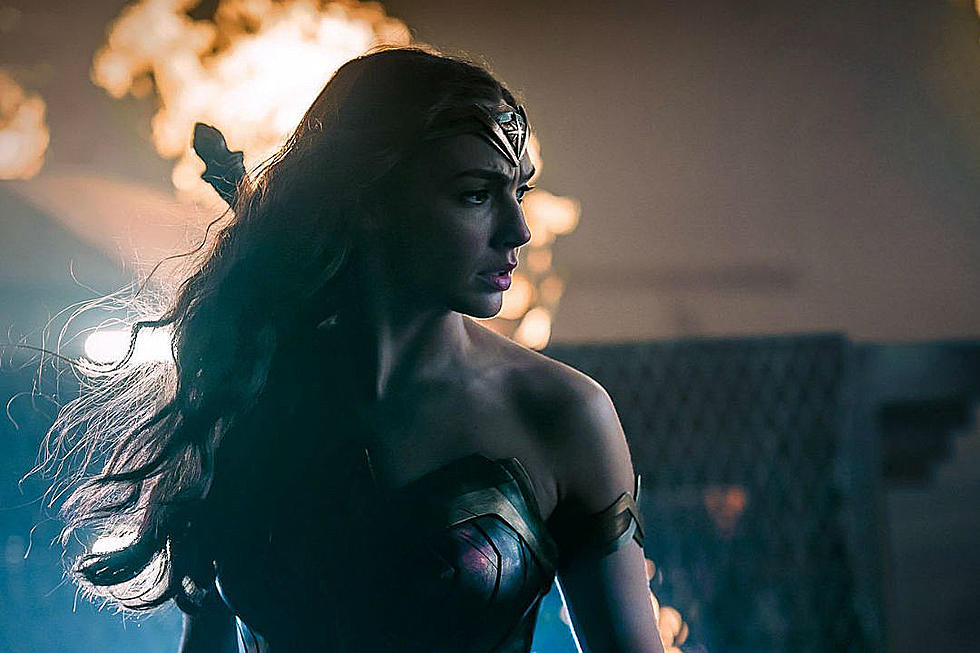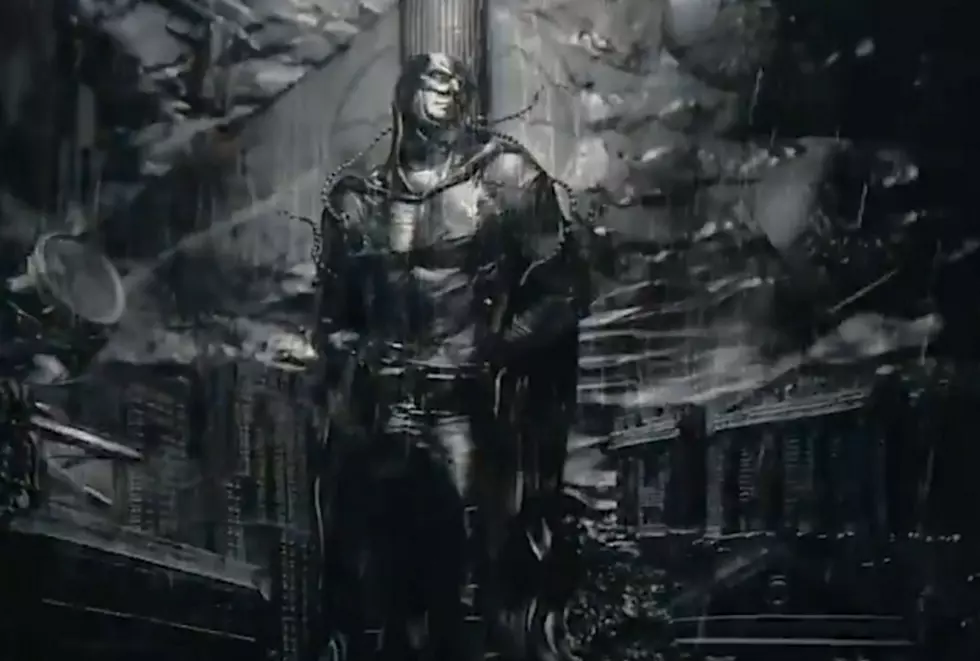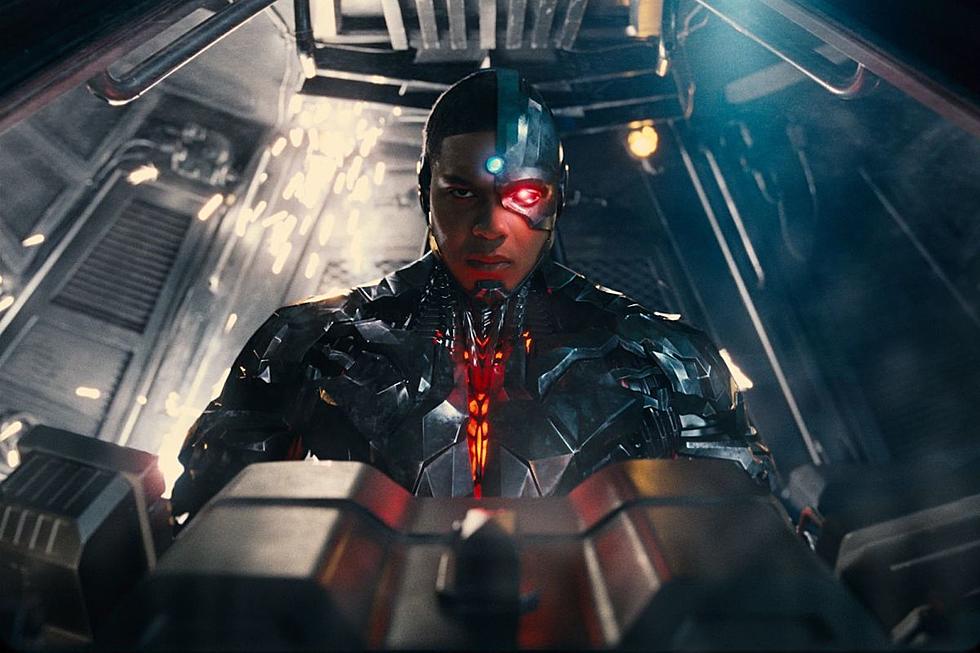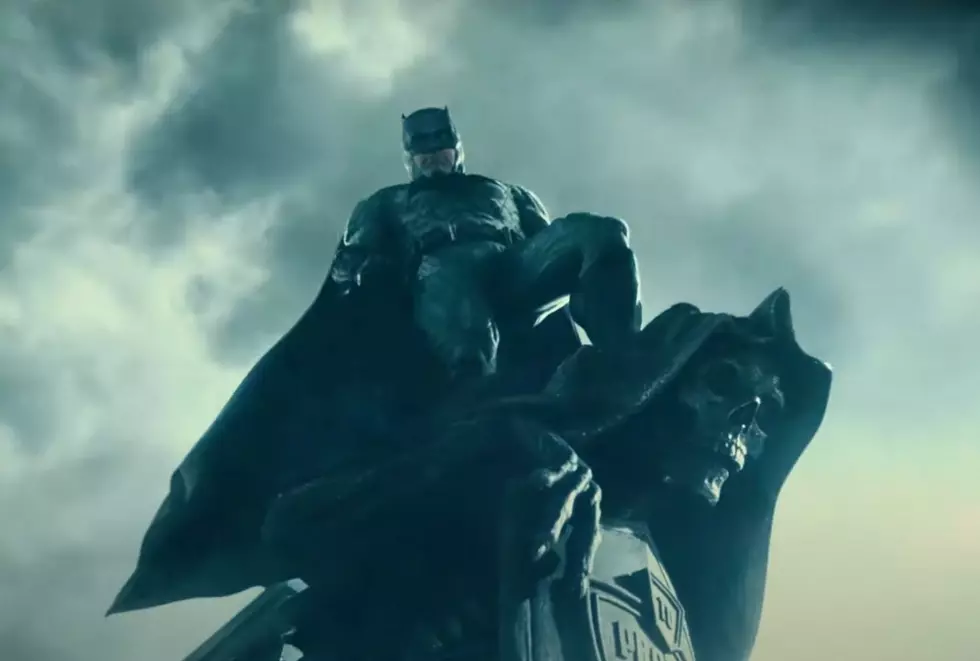
The New 52 FAQ: Answering Your Questions about the Relaunched DC Universe

This week DC released Flashpoint #5, by Geoff Johns and Andy Kubert, and Justice League #1, by Geoff Johns and Jim Lee, the first comic in a relaunched and dramatically different DC Universe. The first represents the last story in the old DC Universe; the second is the first story in the new one, set five years in the past from the "present day." And while, DC advertised this as a clean break, it still comes with its own share of mysteries -- and inconsistencies.
So how did we end up in this new version of the DC Universe? How did the Flash do what exactly with time travel? And what's going on with Vertigo and Wildstorm? We strive to answer your questions in our FAQ for The New 52. SPOILERS FOLLOW.Q: So what exactly happened to change the old DC Universe to the new one?
A: In Flashpoint #5, we learn that the changes to the DC Universe were caused not by the Reverse-Flash (a.k.a. Eobard Thawne) as Barry Allen suspected, but rather Barry himself. After visiting his late mother's grave on her birthday, Barry discovered that Reverse-Flash had killed her by traveling back in time. In a fit of grief, Barry went back in time as well to stop Thawne, but ended up accidentally changing history to the World of Flashpoint by "sucked in the entire speed force" which then shattered history "like a bullet through a windshield. This seems odd because somehow Barry's mother being prevented from dying in the 1980s caused Frankenstein to kill Hitler in the 1940s in Flashpoint: Frankenstein and the Creatures of the Unknown.
Q: Wait, how did it cause Frankenstein to kill Hitler?
A: I have no idea. It also somehow Butterfly Effected into space and stopped Abin Sur from crashing his spaceship with Atrocitus in it, thus negating Hal Jordan's origin story, so now he isn't Green Lantern. The effects of time travel here aren't taking place on a physical scale but symbolic; somehow, Barry Allen's altering of the past changed the entire timestream in a four-dimensional ripple effect, rather than the simple chaos theory butterfly effect we're used to thinking of.

Q: What's a "four-dimensional ripple effect"? Why does that matter?
A: A four-dimension ripple effect is a time fluctuation that for some reason affects the past as well as the future due to the four-dimensional solid nature of time, similar to how placing an object on a pillow causes it to sink down in all directions. Later in the comic, when Barry stops himself from stopping Reverse-Flash from killing his mother (Advil's fairly cheap at the 7-11, people), we flip the page to the now-legendary two-page spread advertised at San Diego Comic Con, which explains how the new DC Universe is created. And I gotta tell you, it asks a hell of a lot more questions than it answers.
Q: When Barry goes back in time the second time, why doesn't he just try to alter the past more skillfully rather than stopping himself from trying to save his mother altogether?
A: Well, he doesn't have a Cosmic Treadmill -- literally, it's a machine that allows him to travel back in time accurately -- so instead he's utilizing an aspect of the Speed Force introduced all the way back in the Mark Waid run and used repeatedly by Johns: When you're breaking the time/light barrier, you travel to who you're focusing on. (This is how Wally always came back to Linda, his "lightning rod," when he went to insane speeds past light.) The first time, he focused on his mother. The second time, he focuses on himself and stops himself from changing time.

Q: Then why doesn't he just focus on his mother the second time as well?
A: That is an excellent question that is not answered in the comic.
Q: So what happens when he stops himself from stopping Reverse-Flash?
A: Basically, some kind of magical mysterious cosmic lady (I've polled numerous people to see if it's a Milestone or Wildstorm character, but no go) comes basically completely out of nowhere to inform Barry Allen that the "history of heroes was shattered into three long ago, splintered to weaken your world for their impending arrival." She then tells Barry he can help her fix the broken timelines, but at an unnamed cost. Then his costume grows some lines and his belt changes and he's the new Flash.
Q: We know that DC's Vertigo and Wildstorm imprints are largely getting folded in to the new DC Universe. Are these the three histories this lady is talking about?
A: Yup. The spread shows fairly clearly that the three "broken" timelines are Vertigo, Wildstorm and the DC Universe, all of which now live together. And other than Jenette Kahn or Karen Berger, I can't think of any omnipotent females who could have been responsible for separating a merged timeline into DC, Wildstorm and Vertigo, so chances are, this is a new character. And unless Johns is setting up a mystery he has no plans on solving, I'm guessing it's something we'll see resolved in the new DC Universe, likely in Justice League.
Q: So does anyone remember the world before Flashpoint? Because at Comic-Con 2011 Dan DiDio said they wouldn't.
A: For the most part, no, although Barry Allen remembers the world of Flashpoint when he's talking to Bruce at the end of the issue. So while the break might be clean for now, it's fairly evident that we're going to have to revisit this moment and reopen this can of worms, for better or for worse.
There are still plenty of questions that still have no answers: Who separated the DC Universe into three? How did this separation occur when Swamp Thing showed up in the pre-Flashpoint Brightest Day? How did the separated Wildstorm timeline become its own alternate universe? Why does Grifter rate a spot next to Cyborg, Batman, Wonder Woman and Superman? Why does merging the history of these three universes make everyone younger? Why does Barry remember everything about his life in the Flashpoint timeline?
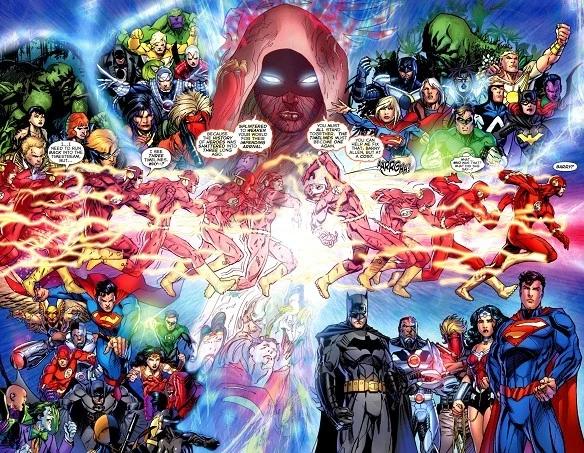
Considering their desire to make a clean break, I really don't know how many of these questions are intentional setups and how many are just supposed to be taken for granted. For instance, I'm sure the New 52 reboot, and this timeline merge, weren't part of the plan when they reintroduced Swamp Thing and Constantine in Brightest Day.
As for the new Justice League #1, there's actually very little to say about it from a continuity standpoint since it's completely, totally new. There aren't even any offhand jokes about fighting starfish from space; Geoff Johns is completely divorcing himself from any previous JLA origin. No Appellaxians, no Starros, no Black Canary, nothing we've ever seen before: a wholly new adventure of the Justice League forming to fight Darkseid. It's interesting, and refreshing, to see Johns telling stories with his favorite characters completely unshackled by continuity and his desire to play with it. It's good comics.
More From ComicsAlliance
